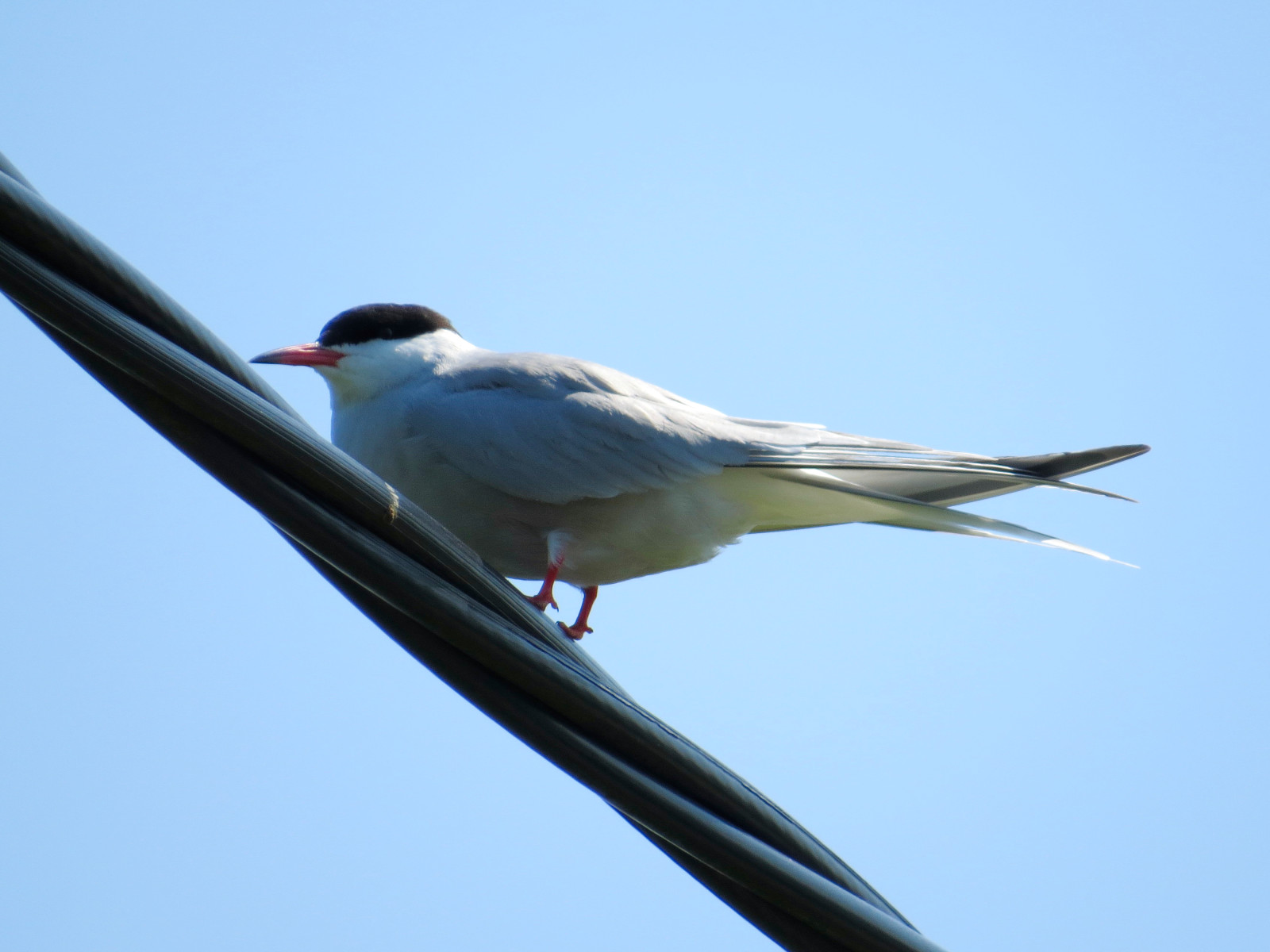Opis
Whittle Dene Reservoirs are part of a water supply system interconnected by streams and aqueducts offering a mosaic of habitats for varied wildlife. The reserve is popular with dymówka, jerzyk, kulik wielki and many passage migrants; the site is also one of the most reliable places in Northumberland to see Pliszka żółtawa. rybołów visit in the summer, often perching in a dead tree to the north of the Great Northern Reservoir. There is a bird hide overlooking the northern reservoir and this is accessed from part of Hadrian's Wall Trail, which passes along the southern edge. There is also a tern nesting platform which is visible from the hide. The autumn attracts regular visitors such as samotnik (often wintering too, along the stream on the NW side of the site), brodziec piskliwy, kwokacz and big numbers of wildfowl.
Rarer visitors have included bielaczek, rybitwa czarna, and rybitwa białoskrzydła.
Szczegóły
Dostęp
Car parking on west side of B6309 (south of side of B6318) or space for one or two cars on B6318 (caution: fast-moving traffic coming over blind summit!). No bus routes nearby, but can be reached by cycle, and lies on the Hadrian's Wall long distance footpath. There is a small hide at the south east corner of the north reservoir.
Note there is no access to the Southeastern Reservoir unless specially arranged (this has been done in the event of any significant rare bird to it).
